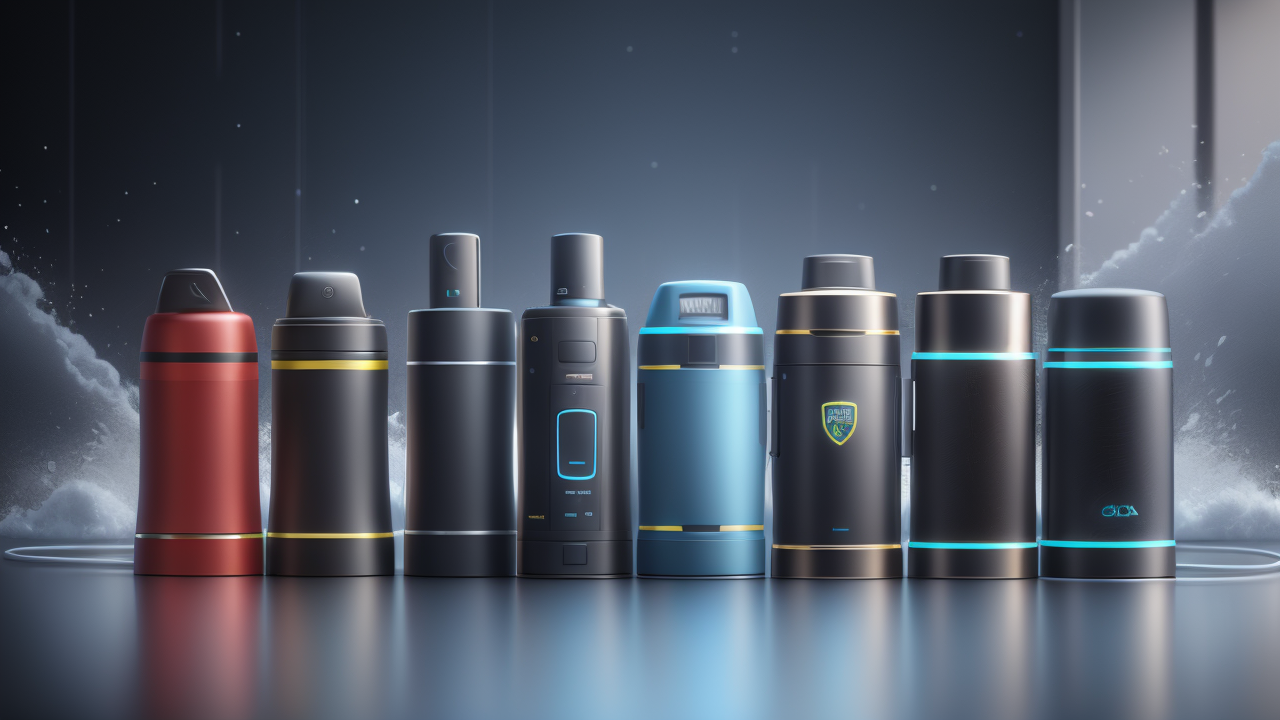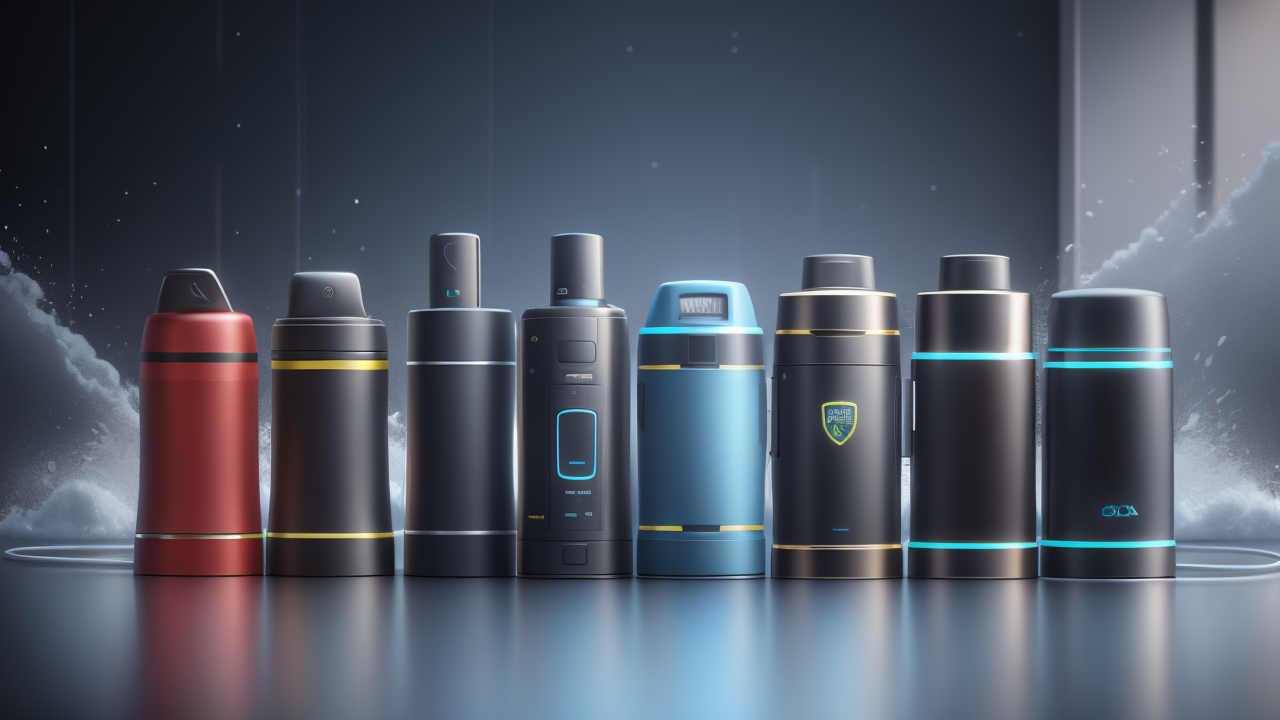Understanding the Landscape: Selecting the Best Walkie Talkie for the US
Key Features to Look for in a Walkie Talkie
When choosing a walkie talkie for outdoor adventures, several key features are crucial. Range is paramount, as it determines how far apart users can communicate. Look for devices with at least a 20-mile range for most outdoor activities. Durability is also vital, especially for rugged environments. Seek out water-resistant or waterproof models with sturdy construction. Battery life is another critical factor. Opt for walkie talkies that offer long battery life or use rechargeable batteries. Channel options and privacy codes help reduce interference in busy areas. Lastly, consider additional features like weather alerts, hands-free operation, and GPS capabilities for enhanced functionality.

Comparing Popular Brands in the Outdoor Communication Market
The outdoor communication market offers various brands, each with unique strengths. Motorola is known for its reliability and wide range of options. Their devices often feature rugged designs and advanced features. Midland is another popular choice, offering excellent value for money and user-friendly interfaces. Cobra walkie talkies are favored for their long-range capabilities and weather alert features. BaoFeng provides budget-friendly options with impressive performance. Garmin stands out with its GPS-integrated models, ideal for hikers and mountaineers. When comparing brands, consider factors like price, warranty, customer support, and user reviews to make an informed decision.
Legal and Regulatory Considerations for Walkie Talkies in the United States
In the US, walkie talkie use is regulated by the Federal Communications Commission (FCC). Most consumer walkie talkies operate on Family Radio Service (FRS) or General Mobile Radio Service (GMRS) frequencies. FRS doesn't require a license, but has power and range limitations. GMRS offers more power and range, but requires a license. Be aware of channel restrictions and power output limits. Some channels are shared between FRS and GMRS, while others are exclusive to each service. Always follow local regulations and respect privacy when using walkie talkies. In certain areas, like national parks, there may be specific rules about radio use. Stay informed to ensure legal and responsible communication.
Exploring the Best Walkie Talkies: Top Picks for Outdoor Enthusiasts
Long-Range Walkie Talkies: Maximizing Communication Distance
Long-range walkie talkies are essential for vast outdoor spaces. Top models can reach up to 35 miles in ideal conditions. The Midland GXT1000VP4 is a popular choice, offering a range of up to 36 miles. It features 50 channels and 142 privacy codes for clear communication. The Motorola T600 H2O boasts a 35-mile range and is fully waterproof. For extreme range, consider the Cobra ACXT1035R FLT, which claims up to 37 miles. Remember, actual range varies based on terrain and obstacles. In practice, expect 1-5 miles in most outdoor settings. Higher-powered GMRS radios generally offer better range than FRS models. Consider your typical environment when choosing a long-range option.

Waterproof and Durable Walkie Talkies: For Tough Environments
For harsh outdoor conditions, waterproof and durable walkie talkies are crucial. The Motorola T600 H2O stands out with its IP67 rating, meaning it can float and withstand submersion. It's ideal for water activities and rainy conditions. The Cobra CXT1045R FLT is another rugged option, with a 37-mile range and IPX4 water resistance. For extreme durability, consider the DeWALT DXFRS800, built to withstand construction site conditions. It's dust-proof and water-resistant. When choosing a durable model, look for features like rubberized grips, reinforced antennas, and shock-resistant casings. These features ensure your walkie talkie survives drops, bumps, and harsh weather conditions.
Battery Life and Weight: Finding the Balance for Portability and Longevity
Balancing battery life and weight is crucial for outdoor adventures. Lightweight models are easier to carry but may sacrifice battery life. The Motorola T260 offers a good balance, weighing just 6 ounces with up to 12 hours of battery life. For extended trips, consider the Midland GXT1000VP4, which can last up to 11 hours and accepts rechargeable batteries. Some models, like the Uniden SX377-2CKHS, come with desktop chargers for convenient recharging. To extend battery life, use lower power settings when possible and carry spare batteries. Solar chargers or power banks can be useful for longer trips. Remember, extreme temperatures can affect battery performance, so store your devices properly in cold or hot conditions.
Advanced Features and Applications: Tailoring Your Walkie Talkie to Your Needs
Software and Programming: Customizing Your Communication Experience
Modern walkie talkies offer software and programming features for a tailored experience. Many high-end models allow channel programming via computer software. This lets users set up custom frequencies and privacy codes. Some devices, like certain Baofeng models, offer wide frequency ranges programmable by software. Advanced features might include voice scrambling for privacy or VOX for hands-free operation. The Motorola RMU2080d, for instance, allows cloning settings between units. This saves time when setting up multiple devices. When choosing a programmable walkie talkie, consider the learning curve and your technical comfort level. Some advanced features may require a ham radio license to use legally.

Special Applications and Tactical Advancements in Walkie Talkies
Walkie talkies have evolved to meet specialized needs. Tactical models, like the Baofeng UV-5R, offer wide frequency ranges and advanced features. These are popular among emergency responders and outdoor enthusiasts. Some models include built-in flashlights or emergency sirens. The Midland GXT1000VP4 includes NOAA weather scanning and alerts. For hunting, consider models with vibrate alerts to avoid noise. The Motorola MS350R includes animal call tones for hunters. In industrial settings, intrinsically safe models are available for hazardous environments. These special applications demonstrate the versatility of modern walkie talkies beyond basic communication.
Integration with Other Outdoor Gear and Technologies
Modern walkie talkies often integrate with other outdoor technologies. Some models pair with smartphones via Bluetooth, allowing extended range through cell networks. The Garmin Rino series combines GPS navigation with two-way radio functionality. This is ideal for hikers and search-and-rescue teams. Some walkie talkies work with helmet communication systems for motorcyclists or skiers. Others integrate with outdoor watches for convenient wrist-based communication. Consider how a walkie talkie might complement your existing gear. For example, if you use a specific GPS device, look for compatible communication options. As technology advances, expect to see more integration between walkie talkies and other outdoor tools.


